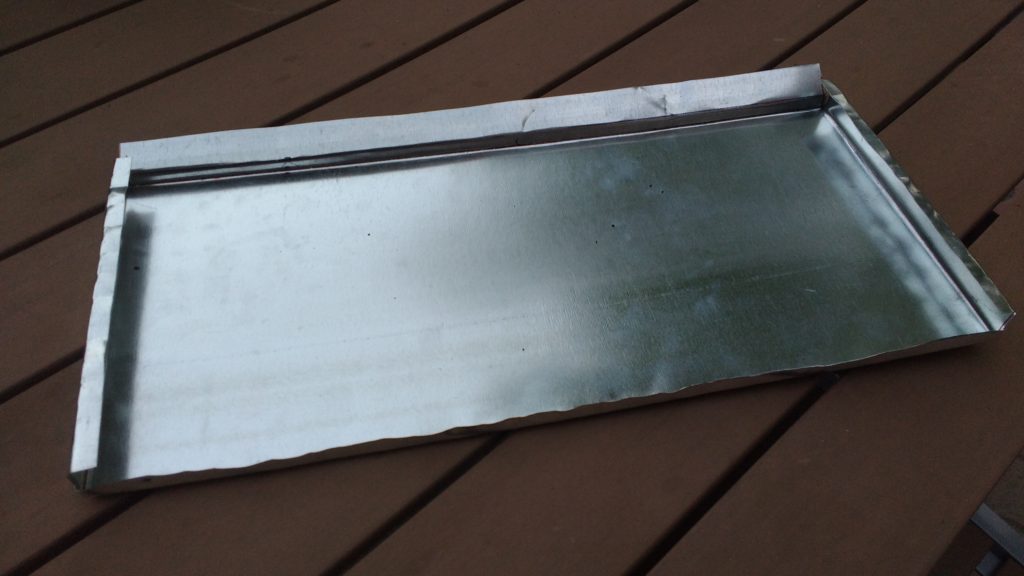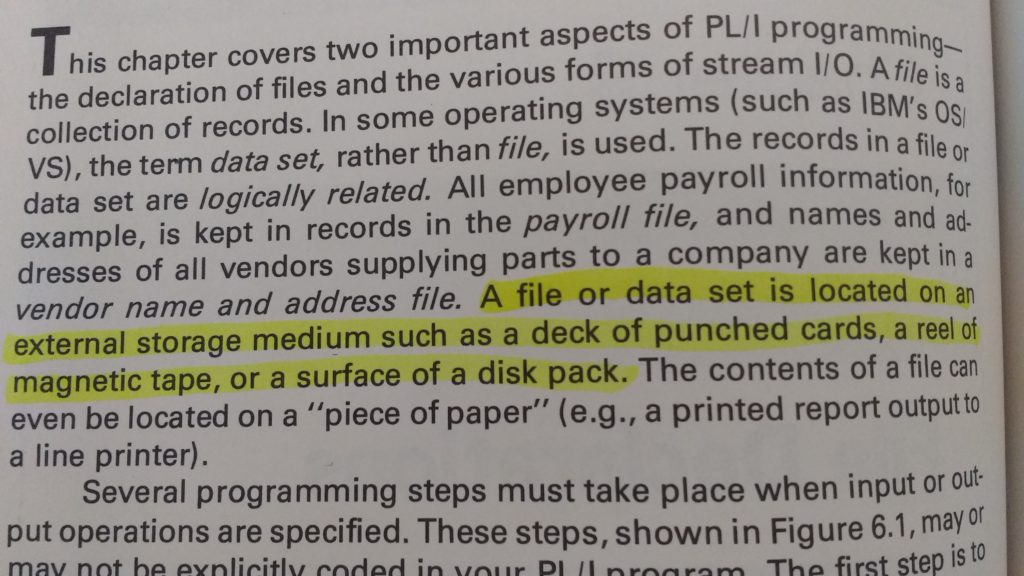I was reading the Gulag Archipelago, by Solzhenitsyn last night before bed, and now find myself up in the middle of the night, not able to sleep. At first it seemed rather mysterious why I’d be wide awake with anti-patriotism and anti-war thoughts rolling around in my head so strongly, but I finally connected those thoughts with my bedtime reading.
This book reads like a real life version of 1984, starting off with stories of arrests, interrogations and searches. Perhaps it hits so closely to home since it is so easy to see so many other aspects of 1984 playing out for real in our society around us. It is probably not a good bedtime reading choice if I want to be able to sleep through the night.
As I lay tossing and turning at ~3am, definitively not sleeping, I had four specific memories rolling around in my head. All were anti-state and anti-patriotism memories.
You might get the impression that Canadians are anti-war. Part of this is because “our” participation in war is covert, and not advertised. If “we” happen to be playing the bombing for dollars in game Kosovo or Syria, it isn’t because there is an explicit declared war, but instead because we are part of NATO “peace-keeping” (hello Orwell!) forces. Canadian participation in the wars of our belligerent neighbour is expected. Like the US, we aren’t creating terrorism, we are fighting it!
Canadians aren’t indoctrinated in the believe in the goodness of war as heavily as our US counterparts, but there are some lines that can’t be crossed without getting severe emotional reactions. I challenge anybody to disrespect the religious Oh Canada or Remembrance day ceremonies, or the sanctity of the belief that Canadians were saving lives by participating in the world wars.
In my own head I had come to the internal conclusion that Oh Canada is nothing but a patriotism indoctrination tool. The “we stand on guard for thee” words in the song scream exactly this. I remember being a kid, standing proudly in various public school indoctrination centres, feeling proud to be Canadian, proudly listening to the “with glowing hearts” line. However, like so many other national anthems, the Canadian anthem appears to have been rolled out in force as a war propaganda action, in our case for WWII, the “good war”. People are still of age to have plenty of relatives that fought in WWII and aren’t mentally prepared for second guessing absolute confidence that Canadian participation in that war was beneficial. It is a lot easier to relish the memory of loved grandfathers than to admit that their grandfathers were unfortunate pawns in the games of the power brokers that profit from war. Canadian participation in WWII is viewed as a shallow “we saved the world from Hitler” point of view. There are many aspects of this war that you are not allowed to think about. You are supposed to think of the battles that Canadians helped save the day fighting. You are not supposed to think of all the civilians that were killed and displaced. You are not supposed to think about all the German civilians that were killed in bombing raids, and that the British were playing that city bombing game with as much relish as the Germans. You are allowed to think about Hitler’s concentration camps, but not allowed to think about Allied cooperation with Stalin, who killed many times more of his own people than Hitler managed to kill in camps or active war. How can a war be good when it aids and facilitates one of the worst murderers in history?
Thoughts of these sorts are hard to enunciate on the spot if you should decide to not participate in the indoctrination game of standing to attention during Oh Canada, or not standing still during a Remembrance day ceremony. Memories of two specific instances of running the social experiment of not participating in these observances were rolling through my head. One was at a public school when the national anthem interrupted a talk with the principle that was much more important seeming to me than the anthem (the insanity of how multiplication was being taught to Karl, our current household public school victim). The other was returning a book at the public library when my conditioning to stand silent during the remembrance day ceremony way playing. Should you try this social experiment, I can tell you what will happen. You will get looks of shock and horror, and what easily appears to be pure hatred. This is from peace loving Canadians. I was not brave enough to play this game when the US national anthem played at my brother’s recent graduation ceremony. I can imagine coming out of that auditorium with injuries had I decided to disrespect that particular religious ceremony. It was both amusing and horrifying to observe the feelings of adoration as all those Americans stood enraptured with their hands on their hearts as their national anthem played. I am thankful that it was standing room only at Devin’s graduation. Would I have been tempted to sit during the US national anthem had I not already been standing? I didn’t have a convenient and well articulated response for sitting at hand for such a social experiment. I suppose that I could have claimed to be a practising Jehovah’s witness. It is ironic that one of the only responses that may have been acceptable, like the anthem itself, would have also been religious.
I think there is perhaps value to actively not playing the Oh Canada game or the remembrance day game. Doing that may be enough to get some people to realize exactly how conditioned their behaviour is. At the same time, it makes people angry, which is counter productive, because people cannot reason when they are angry. Instead perhaps consider for your self just how angry you would get if some insolent snot like me didn’t stand for attention during the anthem or walked around during a remembrance day ceremony, when we all know that you are supposed to stand still quietly. Can you honestly say that you wouldn’t get angry to observe that? If you did get angry, consider your reasons for that anger. Does the fact that fact that you were forced to comply with this religious ceremony again and again and again in school have anything to do with your conditioned response?
Good patriots stand for attention during the national anthem. Good patriots do not question the goodness of war. Good patriots fight without considering they are being manipulated to fight the battles of others and line the pocketbooks of the power brokers that love war. What could be wrong with encouraging patriotism?
My dad was thoroughly anti-state, and a lot of that rubbed off on me. I think that I learned my disrespect for Remembrance day from him. I didn’t understand it when I was a kid. He’d been a refugee himself. He’d lost his original home and country, his biological father, and much of his family and roots. He’d ended up with an abusive and drunkard of a step father. My dad was Estonian, a country that was a desirable territory in its day, having been repeatedly occupied by both German and Russian forces as they passed through it in their insane fight. I heard many stories from my insane step grandfather about Estonian guerrilla tactics against both the invading Germans and the invading Russians. They seemed to support the good-war indoctrination that I was receiving at school, but they didn’t work on my dad. It was very confusing when I was kid that he didn’t respect the sanctity of remembrance day having had such personal involvement in WWII, but I think I understand some of the factors now. Part of it is probably fairly simple. Had there not been a world war to “fight Hitler”, the Estonians would have just had to fight the Germans in their home territory as they passed through to Russia. Imagine that the only actions taken against the Germans were defensive, and that the Germans had to fight guerrilla tactics on all fronts in all directions from their invading epicenter. That might have been a good war. The real story is nothing of the sort, since fundamentally, the war was desired by the British and others, and there were hard fights on many fronts to get others involved in the game.
The other thoughts that were floating around in my head had to do with the religion of Trump in the USA. In my youth, before I found Quantum Mechanics and Maxwells’ equations, my own religious indoctrination was that of Scientology. Until recently, I thought of Scientologists, like my dad, as predominately anti-state, but have been disabused of that notion thoroughly by my recent visit to the US, where I discovered that there are a number of true believers in my family (both active Scientologists and also fellow childhood indoctrinees). I guess it is true that Scientology is a multi-denominational religion.
I’ve dumped enough thoughts that I think I’ll try to go back to sleep now. I will leave thinking through vague thoughts on Trumpism and Scientology to another day.







